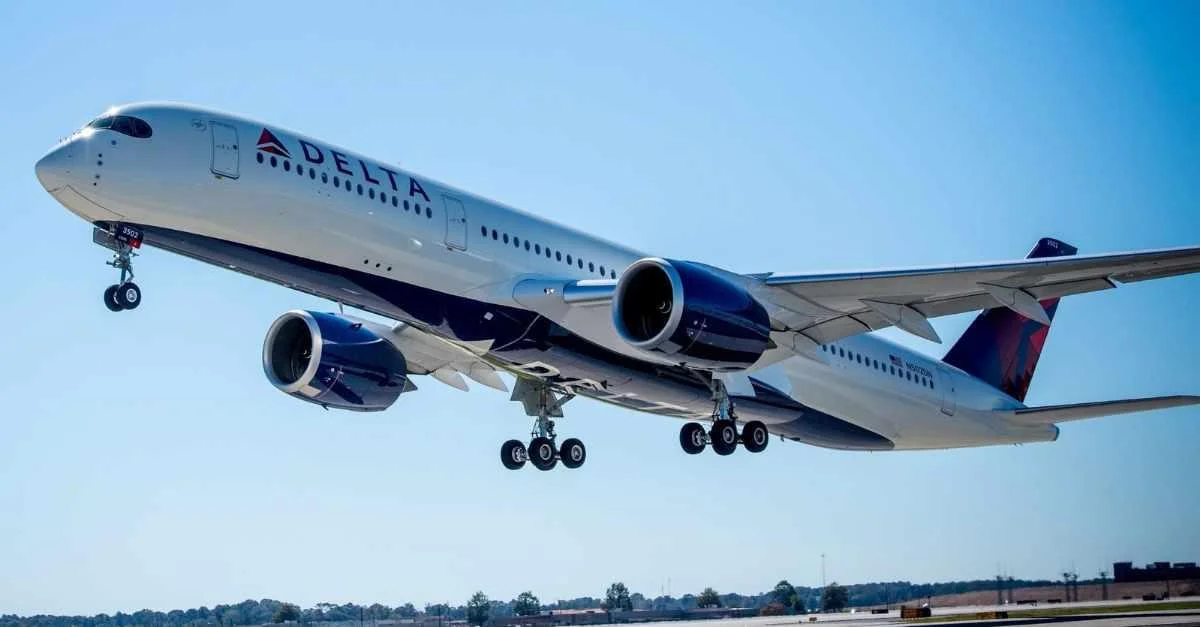The Cessna 404 Titan, a significant model in the realm of twin-engine piston aircraft, emerged during a time when aviation was evolving to meet growing demands for efficient and versatile planes. Developed in the early 1970s, the Titan was designed to address market needs for short-haul regional flights and cargo services. The aircraft is known for its capacity to handle heavier payloads and longer ranges compared to other models in Cessna's 400 series.
"The primary goal was to offer a light, piston engine airplane with heavy duty load-bearing, generous interior cabin volume," notes industry sources. This focus led to the Titan becoming a popular choice for charter operations due to its range capabilities. It offers an average range of about 1,687 miles under standard conditions.
In comparison with similar models like the Piper PA-31 Navajo or Beechcraft Baron 58, the Titan stands out with its ability to carry up to ten passengers and achieve greater distances without refueling. Ron Caruso from Maine Aviation Sales states, "There are no comparable models in the late model piston cabin-class aircraft."
 Alerts Sign-up
Alerts Sign-up






